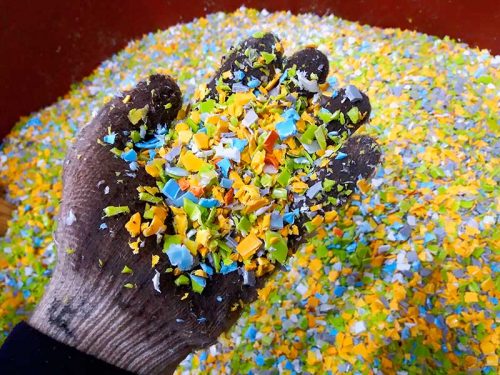Funded by: the Department of Energy (under Luna Innovations Incorporated)

There are increasing legislative, social, and environmental factors motivating protection of the environment, including the oceans. Ocean plastic wastes (OPW) are now recognized as one of the most serious environmental issues for marine wildlife. Ingestion of plastic debris or entanglement has been recorded in 44-50% of all seabirds, all species of sea turtles, otters and fish.
Past estimates suggest that between 4.8 and 12.7 million metric tons of plastic entered the oceans in 2010. Currently, there are more than 30 trillion plastic particles floating on the surface of the oceans.
The Department of Energy (DOE) is interested in conversion technologies that will utilize waste streams of plastic collected from oceans and waterways to make useful and viable products. However, economic analysis of plastic recycling demonstrates that the segregation and recycling of a single type of plastic, such as polyethylene terephthalate (PET), is not profitable compared with virgin plastic production.
Luna’s Ocean2Wear™ conversion technology uses a unique compatibilizer, Ion Exchanged montmorillonite (IE-MMT) nanoclay (NC), which was selected to decrease the need for OPW segregation and increase plastic miscibility, while providing the necessary mechanical strength required to create economically viable filaments and fibers. Luna will deliver a novel technology to convert OPW into useful and economically viable feedstocks for filaments for 3D printing, textile, and other applications.

